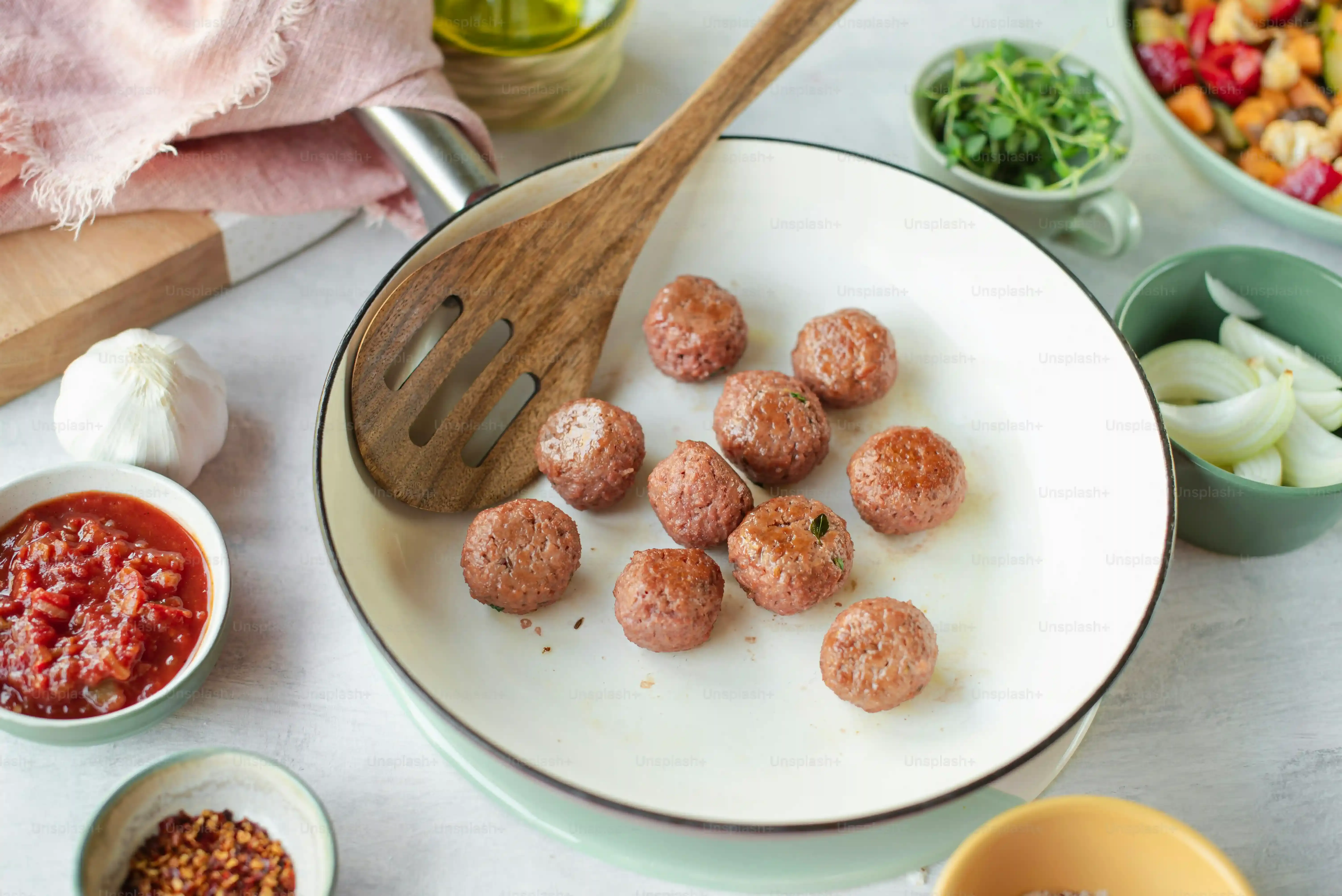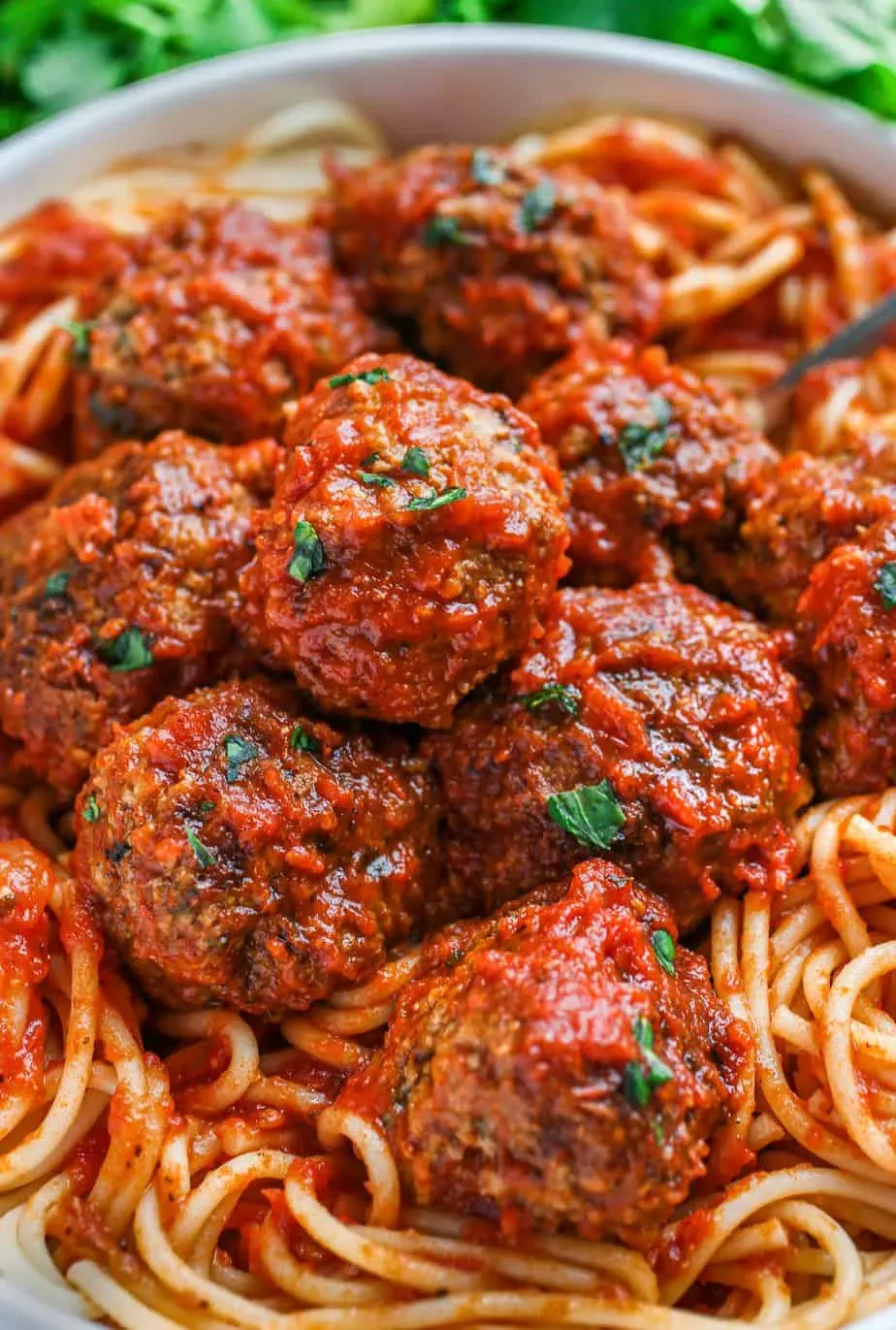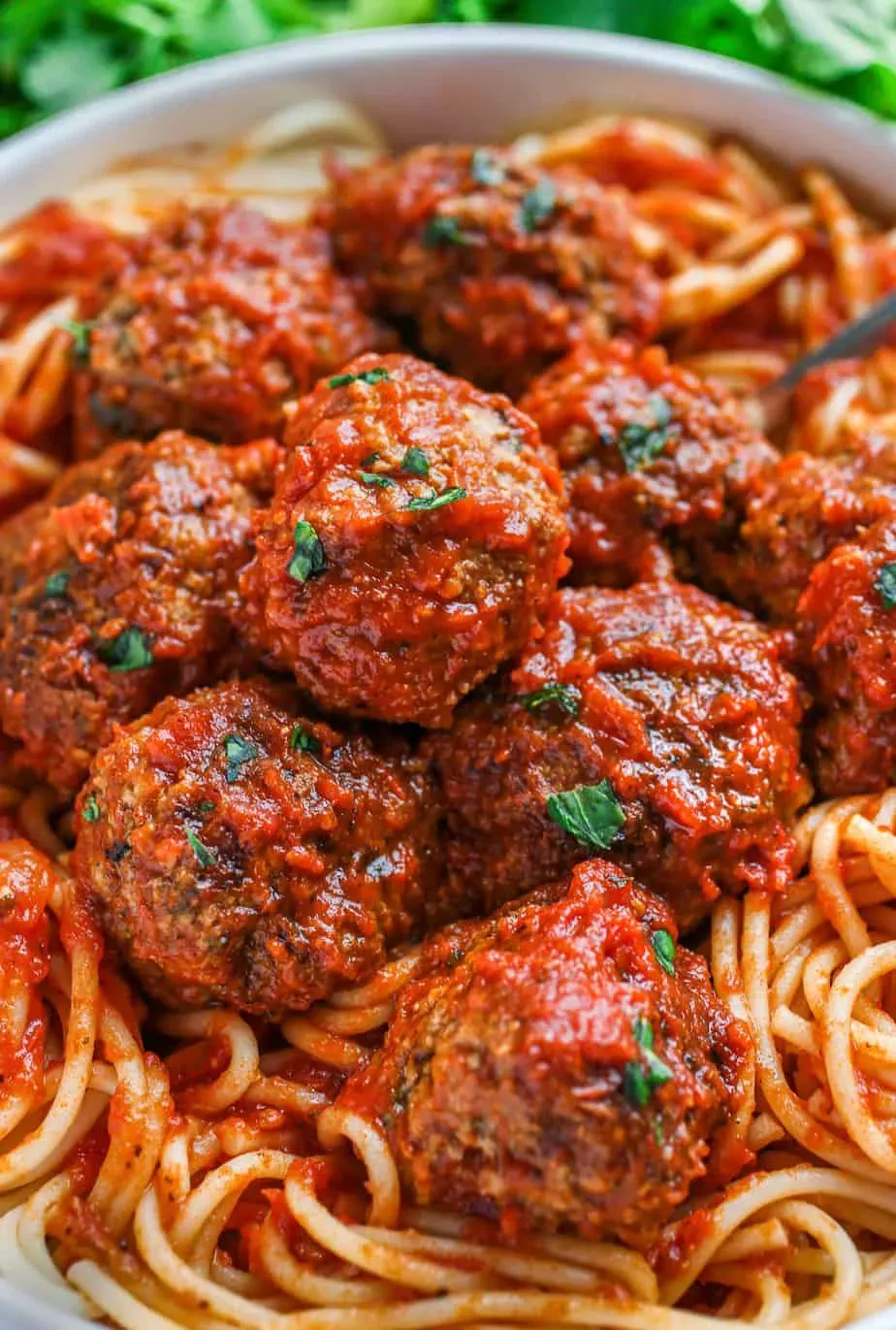Table of Contents
Let's be honest, you've probably tried making meatballs before. Maybe they turned out like little grey rocks, or perhaps they just tasted... fine. Forget "fine." We're not aiming for "fine" here. We're diving headfirst into crafting what many consider the best Italian meatballs recipe. This isn't some watered-down version; this is the real deal, designed to deliver meatballs so tender they practically melt, bursting with flavor that'll make you question every other meatball you've ever eaten. We'll walk you through the essential ingredients – the ones that actually matter – and the simple steps that take these from hopeful spheres of meat to culinary triumphs. We'll cover the 'why' behind each step, because knowing the secrets is half the battle. So, if you're ready to stop settling for mediocre and finally master the best Italian meatballs recipe, stick around. We're about to change your Sunday dinner game forever.
What Makes The Best Italian Meatballs?

What Makes The Best Italian Meatballs?
It Starts with Texture, Not Just Taste
You bite into a truly great meatball, and the first thing you notice isn't just the flavor; it's how it feels. It shouldn't be tough, dense, or crumbly. The best Italian meatballs have a delicate, tender texture. They hold together, sure, but they aren't packed tight like little league softballs. This perfect texture comes down to a few things: the right blend of meats, how you handle the mixture, and the crucial role of your binding agent. It's a balance, a kind of culinary tightrope walk between staying intact and being incredibly yielding.
The Right Ingredients Make All the Difference
Forget those recipes that call for just one type of ground meat. What makes the best Italian meatballs recipe sing is often a mix. Beef provides that classic savory depth, while pork adds necessary fat and moisture that keeps things from drying out. Some folks even swear by a touch of veal for extra tenderness, though it's not strictly mandatory for greatness. Beyond the meat, the binders are key. We're talking breadcrumbs soaked in milk – a technique that adds moisture and lightness, far superior to dry crumbs thrown straight in. Then there's the cheese, the herbs, the garlic, and the humble egg, all playing their part in building that foundational flavor layer.
- Key Texture Drivers:
- Meat blend (beef, pork, maybe veal)
- Proper binding agent (milk-soaked breadcrumbs)
- Gentle mixing (avoid overworking the meat)
- Cooking method (baking often yields a more tender result than frying)
Flavor Depth Comes from Balance and Simmering
Once you've got the texture locked down, the flavor takes center stage. What Makes The Best Italian Meatballs? It's a harmonious blend of savory meat, pungent garlic and onion (cooked gently first, please!), fragrant herbs like parsley and oregano, and salty Parmesan cheese. But the magic doesn't stop when they come out of the oven or pan. Simmering them gently in a good tomato sauce for a while is non-negotiable. This isn't just about coating them; it allows the meatballs to absorb the sauce's acidity and flavor, while the meatballs, in turn, enrich the sauce. It's a beautiful, reciprocal relationship that elevates both components.
Ingredients for Your Best Italian Meatballs Recipe

Ingredients for Your Best Italian Meatballs Recipe
The Essential Lineup
so you know *what* we're aiming for – that perfect texture and deep flavor. Now, let's talk about the building blocks, the actual stuff you need in your kitchen for Ingredients for Your Best Italian Meatballs Recipe. This isn't a time to cut corners or make weird substitutions unless you're feeling adventurous (and willing to risk failure). You'll need a good mix of ground meats, typically beef and pork. Aim for an 80/20 lean-to-fat ratio for the beef; that fat is your friend here, adding moisture and flavor. Don't reach for those dry, dusty breadcrumbs in the canister; grab some stale or lightly toasted bread and make your own, or use good quality Panko. And the milk? Whole milk works best for soaking those crumbs, adding richness. You'll also need eggs to bind it all together, finely minced onion and garlic (cooked gently first!), plenty of grated Parmesan cheese, fresh parsley, and simple salt and pepper. That's the core team right there.
Your Shopping List Essentials:
- Ground Beef (80/20 lean/fat ratio)
- Ground Pork
- Stale or Toasted Bread (for breadcrumbs) or Panko
- Whole Milk
- Eggs
- Yellow Onion
- Garlic
- Parmesan Cheese (freshly grated is best)
- Fresh Parsley
- Salt
- Black Pepper
Cooking The Best Italian Meatballs Recipe: The Method

Cooking The Best Italian Meatballs Recipe: The Method
Getting the Mixture Just Right
Alright, you've got your ingredients lined up for Cooking The Best Italian Meatballs Recipe. Now comes the fun part, getting your hands dirty, literally. The first step is crucial: dealing with the bread. Don't just toss dry crumbs in there. Grab that stale bread or Panko and put it in a bowl with the milk. Let it sit for a few minutes, really soak it up. It should get mushy. This is your secret weapon for tender meatballs. While that's happening, gently cook your finely minced onion and garlic in a little olive oil until they're soft and fragrant, not browned and crispy. Let them cool slightly before adding to the mix. Combining warm onion/garlic with raw meat is just asking for trouble.
Mixing Without Overworking
Now, combine your ground meats, the soaked bread (squeeze out any excess milk, but not too much!), the cooled onion and garlic, eggs, grated Parmesan, chopped fresh parsley, salt, and pepper in a large bowl. Here's where restraint is key. You want to mix everything until it's just combined. Use your hands; you can feel when it's ready. It should be sticky but not a uniform paste. Overmixing is the enemy of tenderness; it develops the proteins too much, leading to tough meatballs. Once it looks like everything is incorporated, stop. Seriously, walk away from the bowl. Cover it and stick it in the fridge for at least 30 minutes, ideally an hour. This chill time helps the flavors meld and makes the mixture easier to handle when you form the balls.
Mixing Dos and Don'ts:
- DO use your hands for a better feel.
- DON'T mix longer than necessary.
- DO ensure ingredients are evenly distributed.
- DON'T compress the mixture while mixing.
- DO chill the mixture before forming meatballs.
Forming and Baking for Tenderness
Pull the chilled mixture out of the fridge. Now it's time to form your meatballs. Aim for a consistent size, maybe about 1 to 1.5 inches in diameter. A cookie scoop can help with this. Gently roll the mixture between your palms to form spheres. Don't pack them super tight; remember, we're going for tender. Place them on a baking sheet lined with parchment paper. Why baking? Because for Cooking The Best Italian Meatballs Recipe, baking is often simpler and results in a more evenly cooked, less greasy meatball than frying. Plus, cleanup is a breeze. Bake them in a preheated oven, typically around 375°F (190°C), until they are browned on the outside and cooked through. This usually takes about 20-25 minutes, depending on size. You'll know they're ready when they have a nice color and feel firm but still yield slightly to pressure. Don't overbake them!
Serving & Keeping Your Perfect Meatballs

Serving & Keeping Your Perfect Meatballs
So, you've just pulled these beautiful, perfectly browned spheres of deliciousness out of the oven. Congratulations! You've nailed Cooking The Best Italian Meatballs Recipe. Now what? Serving & Keeping Your Perfect Meatballs is pretty straightforward. The classic move, of course, is dropping them gently into a simmering pot of your favorite tomato sauce. Let them hang out there for at least 30 minutes, ideally longer, to really soak up that saucy goodness and become even more tender. Serve them over a pile of spaghetti, nestled in a crusty hero roll with extra sauce and maybe some melted provolone, or even just as is with a side salad. Leftovers? Pack them up in an airtight container. They'll keep in the fridge for about 3-4 days. Or, if you've gone wild and made a massive batch (smart move), let them cool completely, then freeze them in a single layer before transferring to a freezer bag or container. They'll be good in the freezer for up to three months. Just thaw them in the fridge overnight or gently reheat in sauce.
Serving Idea | Best With |
|---|---|
Classic Spaghetti & Meatballs | Spaghetti, Marinara Sauce, Extra Parm |
Meatball Sub | Crusty Roll, Provolone, Marinara |
Just the Meatballs | Side Salad, Crusty Bread for Dipping |
Your Meatball Mastery
So there you have it. No magic tricks, no secret incantations, just a solid approach to making meatballs that actually taste like something worth eating. You’ve got the blueprint for the best Italian meatballs recipe, the one that delivers on its promise of tenderness and flavor. Now the real work begins: actually making them. Don't overthink it; follow the steps, trust the process, and soon you'll have a batch of meatballs ready for whatever sauce you throw at them. And if someone tells you their nonna's are better? Smile, serve them one of yours, and let the meatball do the talking.